RV Propane Trivia and Tips
How do you know what your tank should weigh when filled?
On the neck of your DOT tank, there is a Tare Weight (TW). When you add the TW to the weight of the propane, you have your full tank weight. The average DOT tank weighs about 17 pounds empty, so a 20-pound tank will weigh around 37 pounds when full. Now will you ever use this information? Maybe not, but now you know why your propane filling attendant keeps throwing your tank on that scale!
When should I replace my propane tanks?
In the US, DOT propane tanks are considered qualified for 10-12 years from the date of manufacture. The manufacture date is stamped on the collar in a month-year format. After this time, you can have your tank inspected and requalified for another 5 years. The requalification date will be stamped on the collar as well.
You should routinely inspect your propane tanks for rust and corrosion. Where rust appears on a steel tank, that means the steel is starting to be compromised. If you have any bulges or dents, this could compromise the tank as well. If your tank shows any signs of damage or rust, you can take it to a propane company to evaluate whether the tank can continue to be qualified or whether it needs to be replaced.
Should I turn my propane off while driving?
It is best practice to shut the propane off to your RV while driving, but statistics show that the majority of RVers do not do this before a trip, or at least forget on occasion. Be aware that there are tunnels in the US that do not allow propane, but more importantly, if you have a tire blowout or accident that damages any of the lines, free-flowing propane will only cause more problems during the event. Again, action movie explosion scenes are great to watch on TV, but not fun to be a part of in real life. Of course, the GasStop would cut the propane off in the event of an accident that damages your propane line, but again, it is best practice to turn propane off while you are driving your RV.

Did you know? The Garmin RV GPS allows you to enter the amount of propane you have in your RV to help you avoid propane-restricted roads. It also has a huge database of propane filling stations so you can easily find the location nearest you. Propane safety is only a tiny fraction of what an RV GPS can do. If you have never seen an RV GPS before, you can click here to watch a video where Eric reviews the features.
Is it better to refill or swap out my propane tanks?
If you have your propane tanks refilled, you will be able to know how much propane was placed in the tank. You will not have that level of confidence if you simply swap your tank out. In 2008, Blue Rhino reduced the amount of propane they place in their 20-pound DOT tanks from 17 pounds to 15 pounds to “help control rising costs.” At 4.2 pounds a gallon, this is only 3.6 gallons of propane per tank compared to the standard of 4.7 gallons when filled at a filling station. They may be convenient but be aware that they are not filled to the maximum capacity you get when you refill a tank.

You can refill your propane tanks at propane filling stations, and they are found at some RV parks for your convenience. Remember, propane is a regulated substance and there are many safety guidelines to follow when you are a filling station:
- Be sure all ignition sources (open flames) are extinguished and off in your RV including pilot lights, stovetops, etc.
- Turn off your propane service valve. If you have 2 tanks, be sure to turn both off.
- Exit the RV while propane is being filled.
- Follow all recommendations given by the propane attendant.
- Don’t light that cigar you’ve been saving for a special day.
Why are propane tanks painted white?
According to the NFPA 58, all propane tanks must be painted with a heat reflective color such as white, light gray, or silver, unless in an extremely cold climate. The lighter paint helps keep your tank from absorbing too much heat which causes the propane inside to expand. This expansion could lead to leaks or other propane issues. If you ever need (or want) to repaint your propane tanks, be sure to follow all guidelines for the type of paint and color.
Is an LP or propane detector the same as a CO detector?
An LP detector is not the same as a CO detector which alarms you of the presence of carbon monoxide in the air. They do make combination detectors which detect both propane and carbon monoxide, but CO detectors only pick up an increase in carbon monoxide in the air which can be caused by propane not burning clean. This could indicate an issue with an appliance, but they are not picking up propane leaks or increased levels of propane in the air.
How do I know how much propane is left in my tank?
There are several ways to determine how much propane is left in your tank:
Propane Tank Weight
Although it is not feasible in most RVing situations to have a scale handy, you can figure out how much propane is left in your tank by weighing it. The weight of the bottle itself should be stamped on the collar (referred to as TW, or Tare Weight) so you subtract that amount from the total weight and voila, you have the weight of the propane inside. Divide whatever the propane weight is by 4.2 and you have the gallons remaining. For a quick point of reference, most 20-pound tanks weigh about 17 pounds empty, so a full tank would weigh around 37 pounds.
Propane Gauges
There are propane gauges available that show an approximate level of propane left in your RV propane tanks. They are only gauges and offer no additional protection like GasStop does.

They do not stop the flow of propane in the event of a major leak or rupture, and they cannot be used to test for minor leaks like the GasStop can.
Mopeka Propane Monitor
The Mopeka Propane Monitor has sensors that monitor the level of propane you have remaining in your tanks and shows it on a phone app, so you never have to run out of propane in the middle of the night again! If you have propane heat, you’ve probably had this happen, and it is not fun. It is simple to install the heavy-duty magnetic monitoring device on your propane tank, and the app shows you your current propane level in the tank.
Although the Mopeka provides very helpful information, we still recommend having a GasStop on your tanks to protect against leaks. The Mopeka gives you the propane levels on your phone, and the GasStop protects you against any leaks. Sounds like the perfect combination to me.
To learn more about your RV propane system, check out our latest article: RV Propane Systems



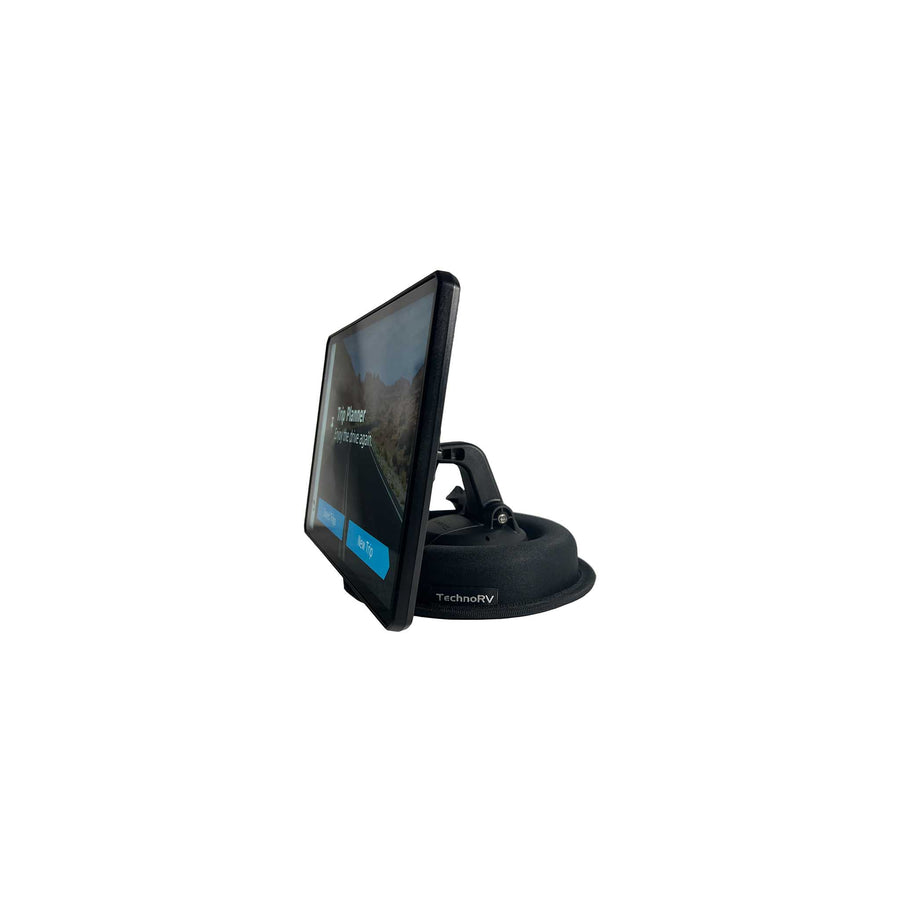
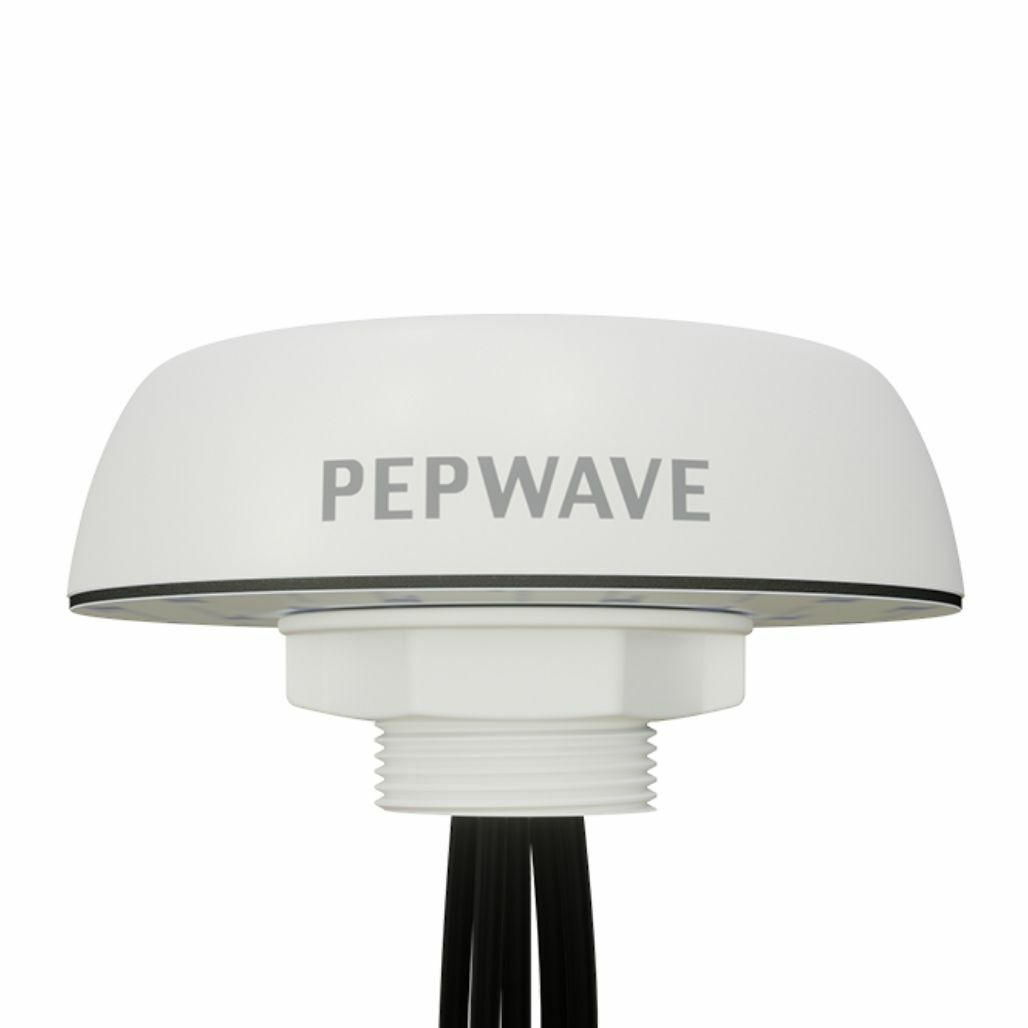
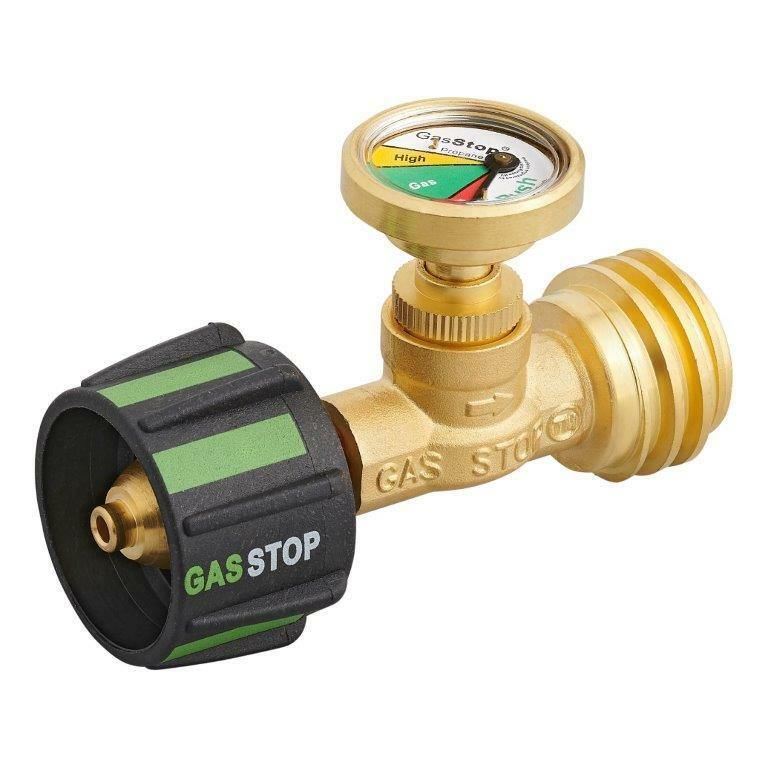

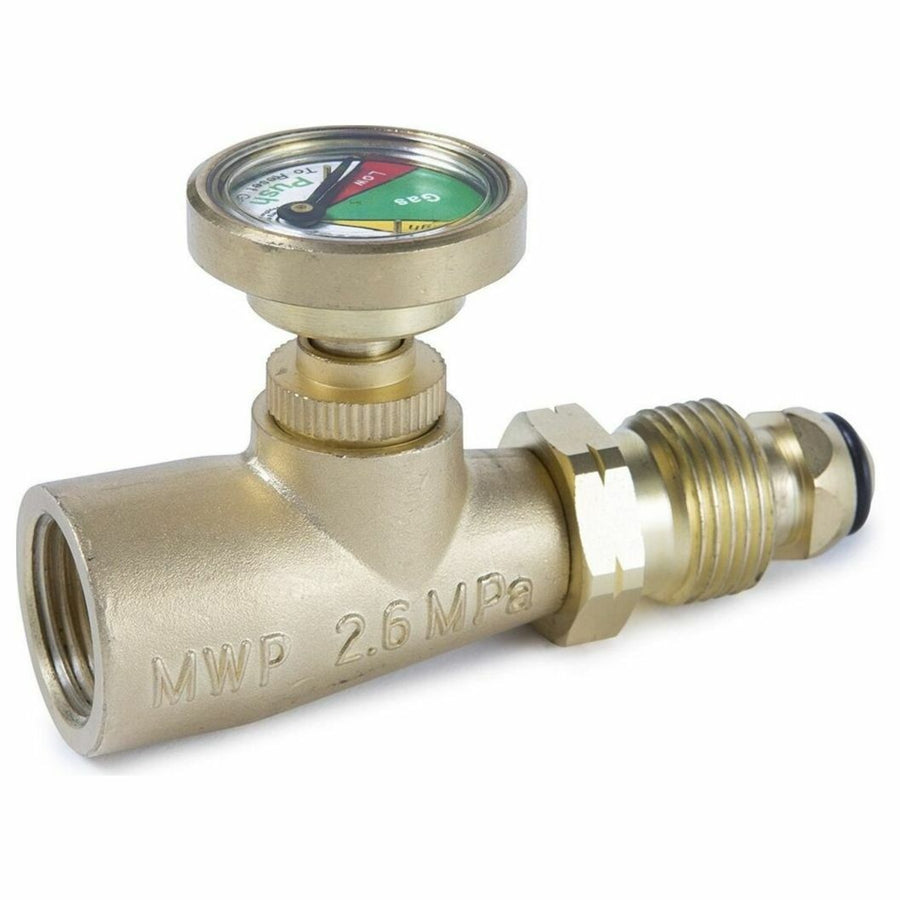

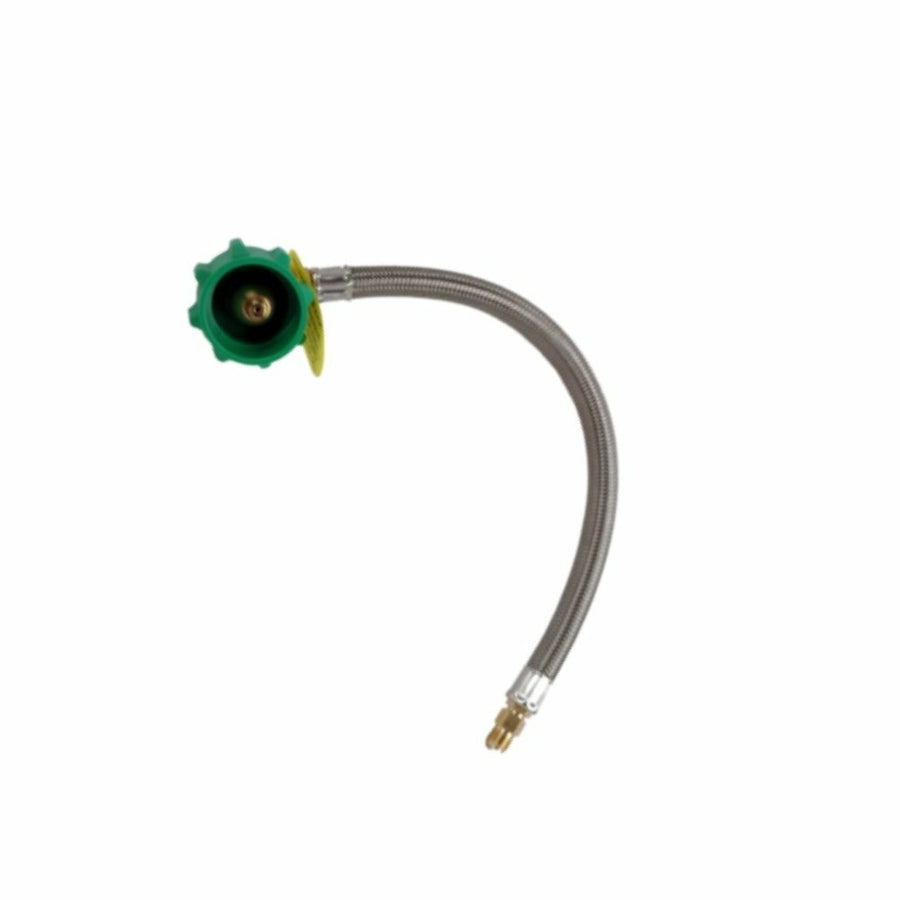


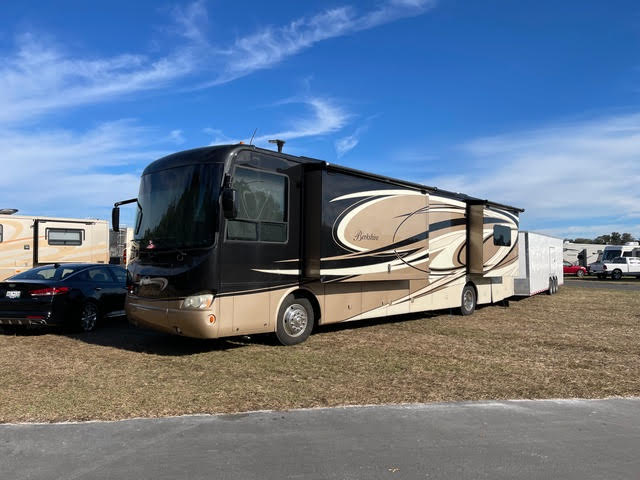
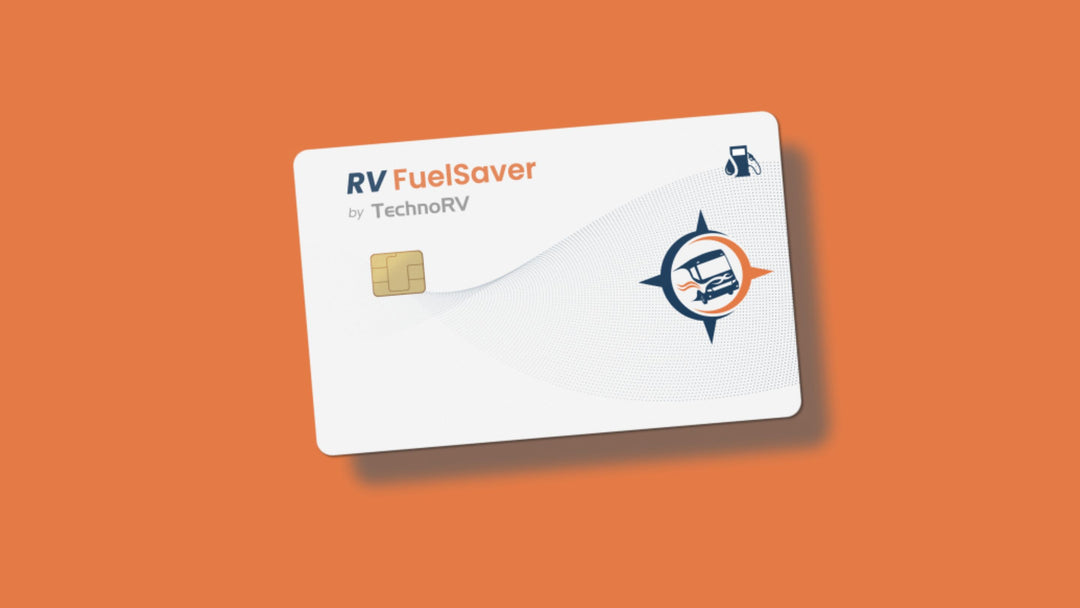
Leave a comment